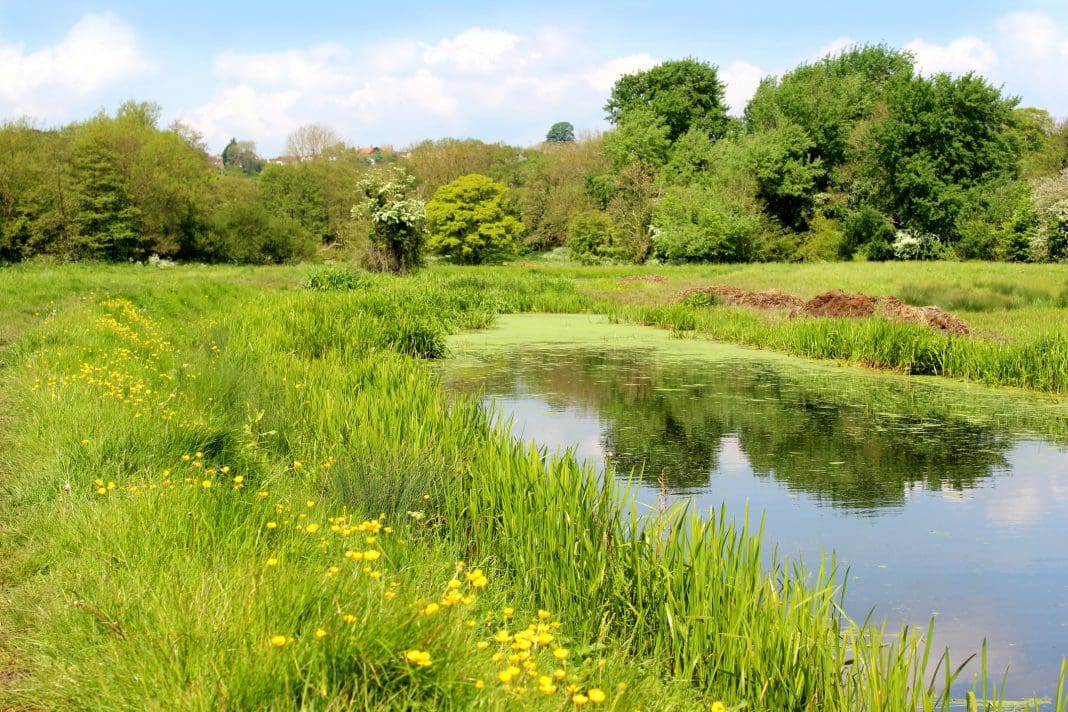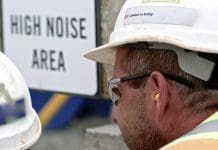England has officially implemented biodiversity net gain (BNG), making it mandatory for new developments. In this article, Dr Robin McArthur, chair of the Joe’s Blooms Advisory Board, explores how Local Planning Authorities (LPAs) are crucial in ensuring compliance
It’s official – biodiversity net gain or BNG is being rolled out across England, meaning one of the biggest opportunities for nature-positive planning in a generation has become a reality.
In the lead-up to BNG’s implementation, there’s been a lot of talk about the responsibilities the policy has introduced, specifically for Local Planning Authorities (LPAs), who play an important role in making sure developers are meeting the law’s necessary requirements during the planning process.
BNG does have its complexities, but most importantly, it presents LPAs with a very real and exciting opportunity to play a role in reversing years of ecological damage across England whilst also building the homes we are in desperate need of.
So with BNG now a mandatory requirement for nearly all new developments up and down the country, here’s what LPAs need to know.
What is biodiversity net gain?
BNG is a first-of-its-kind planning policy requiring developers in England to invest in measures in their development’s local area that will increase biodiversity by 10%.
Ideally, this will be done on-site, whether through creating new, high-quality habitats such as hedges and green roofs or by enhancing existing habitats such as turning grasslands into wildflower meadows – the impact of which will be seen in the development’s immediate surroundings.
In cases where this isn’t possible, developers can access off-site solutions that will generate nature recovery in other parts of the country.
The new policy became mandatory for large sites as of February 12, 2024, and small sites as of April 2, 2024 – the new statutory obligations are part of the 2021 Environment Act and require developers to fill a biodiversity metric and produce a Biodiversity Gain Plan (BGP) for approval by the LPA before development can begin.
How is biodiversity measured?
Biodiversity is measured in something called Biodiversity Units and calculated using the Government’s Biodiversity Metric.
While the metric uses a wide range of factors to calculate biodiversity, the crucial ones to know are: a timely delivery of on-site biodiversity gains which are secured within 12 months once development begins, or if not, before occupation; the gains must be legally secured for at least 30 years before it can count towards the developer’s target; and the 10% uplift must follow the policy’s ‘mitigation hierarchy’.
What is the mitigation hierarchy?
The mitigation hierarchy requires developers to follow a step-by-step approach to demonstrate gains. These can be broken down into four phases: ‘avoid’ biodiversity impacts through site selection and layout; ‘minimise’ the duration, intensity, and extent of impacts to biodiversity; ‘compensate’ for any residual or unavoidable impacts; and ‘offset’ biodiversity damage off-site, again as close to the point of impact as possible.
Developers have the liberty to use one or a combination of these four to be BNG compliant – but they can only turn to the second when the first has been ruled out, and so on.
Where do LPA’s come in?
Local authorities will play a critically important role in ensuring any BGP submitted by a developer meets the BNG gain objective – that is increasing the biodiversity value of total habitat by at least 10%.
This means LPAs will be required to verify that the mitigation hierarchy has been followed before they can approve planning applications. They must also verify that the plan includes an accurate ‘pre-development’ biodiversity value, in line with the Government’s Biodiversity Metric.
If the plan includes offsite biodiversity gains, authorities should ensure the gains have been allocated, verified, and are of the correct value.
What help is out there for LPAs?
The easier we can make it for LPAs to understand the nuances of BNG, the sooner local communities across England will be able to see its impact, and the sooner nature can start to recover.
In fact, many LPAs are already implementing BNG on a voluntary basis, alongside local nature recovery strategies, to create greener neighbourhoods that are more attractive places to live, work, and do business. So with these new requirements coming into play, I strongly believe digital solutions will be critical in helping LPAs play their increased role.
Digital solutions will help developers create robust BGPs in line with these regulations, saving authorities from processing inaccurate or incomplete plans, and enabling authorities to build in tailored biodiversity requirements for local areas.
They can also identify areas of high ecological importance, meaning that authorities can direct ecological resources to where they will have the most impact.
This is something we specialise in at Joe’s Blooms – our tools are designed to reduce pressure on planning teams and save them time. For example, our BNG Tool creates accurate, robust metric sheets and BGPs that meet the Environment Act’s requirements and clearly present all the information local authorities need.
Then, we also have our LPA Portal that allows councils to effectively engage with local requirements by area. This will reduce unintended delays and potential non-compliance, and is a pro-bono service, designed to help LPAs administer this vital policy.
Historically, our planning and environmental policies have moved in different directions and hindered each other’s success.
With BNG, we have an opportunity to untangle this knot. If we can help our local authorities and planners get this policy right, then we can build the homes we need and protect our environment together.

















